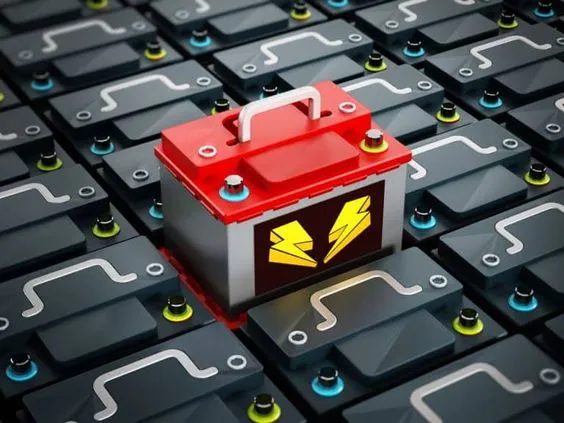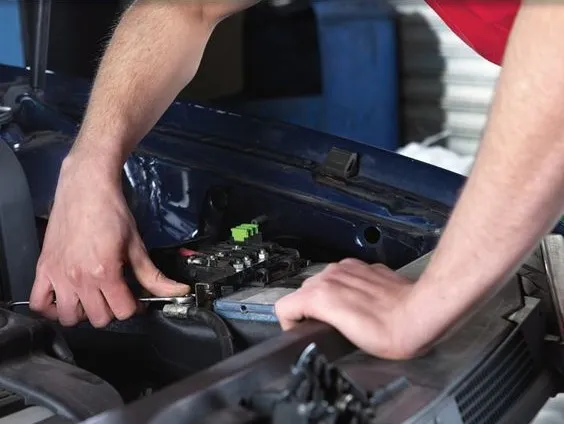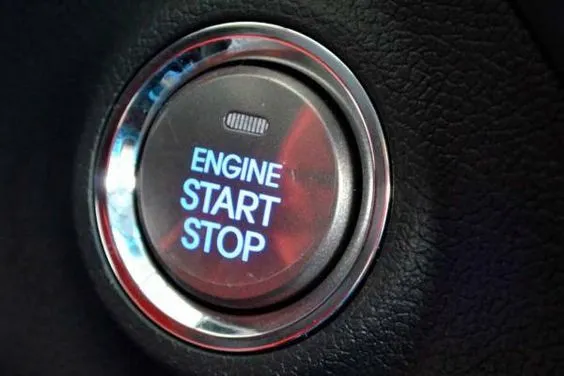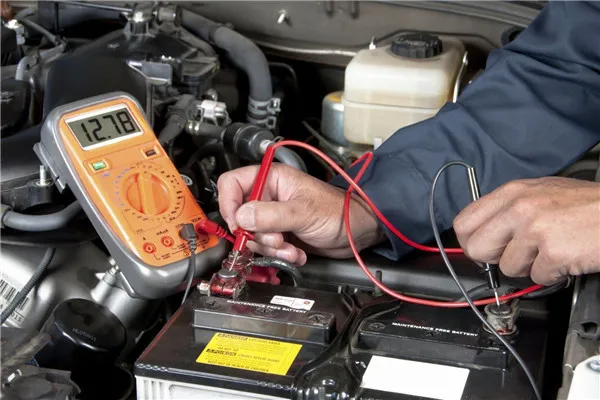Usually, we call car batteries as storage batteries. Today, let’s study how it works.
A storage battery is a device that directly converts chemical energy into electrical energy. It is a battery designed for rechargeability. It is recharged through a reversible chemical reaction. It usually refers to a lead-acid battery. Its working principle: When charging, it uses external electric energy to regenerate internal active materials, stores electric energy as chemical energy, and converts chemical energy into electric energy again when it needs to be discharged.
In a typical lead-acid battery, each cell has a voltage of approximately 2 volts, and there are a total of 6 cells, 12 volts. When any load that needs electricity, such as a car DVD, is connected to the battery, a circuit is immediately formed between the positive and negative terminals, thereby generating current.
Most people don’t realize that lead-acid batteries are in a continuous state of charge and discharge when they are running. When the battery is connected to a device that needs electricity, such as a car engine, current will be output from the battery. At this time, the battery begins to discharge.
When the car is running, the generator supplies power to the battery, and the battery is in the charging process. When the battery is discharged, the active material on the plate reacts more actively. Eventually, the power is exhausted and no more current can be output.
The unique charging and discharging process of lead-acid batteries means that electrical energy can be stored and released repeatedly. This is the well-known battery cycle capability.





